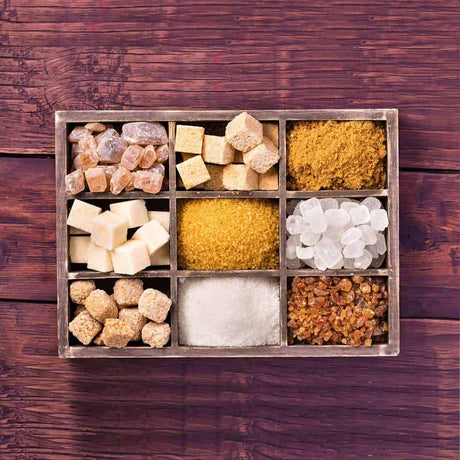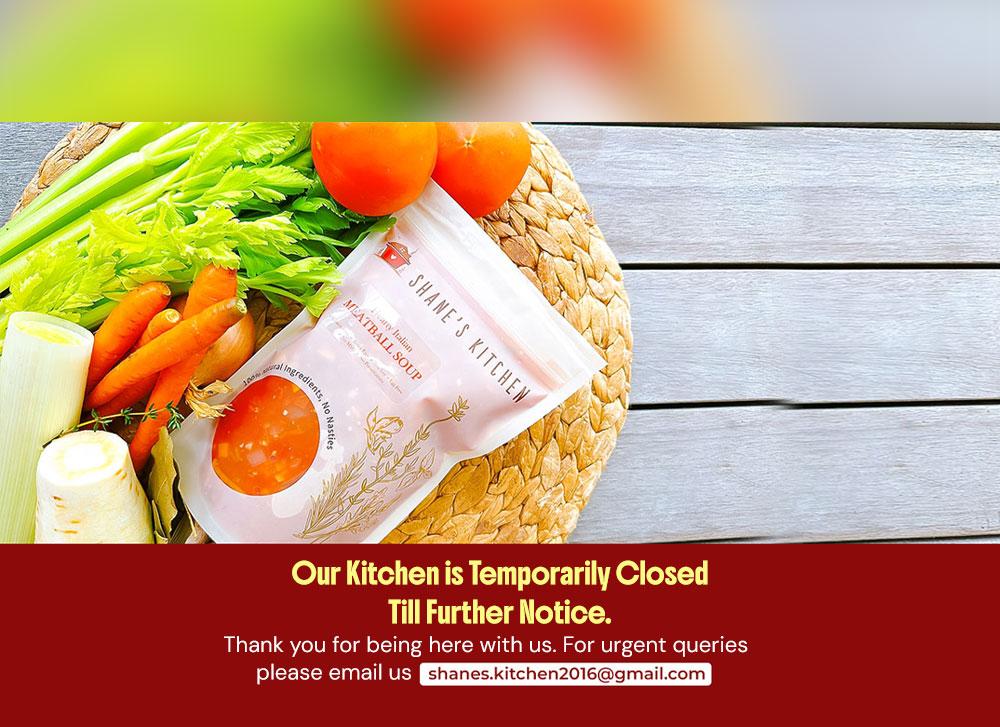- No products in the cart.
How to Avoid Hidden Sugars and Salt
28
Apr
You’ve probably read or heard that too much sugar and salt is bad for you. Reducing these ingredients in our daily diet has been touted as an important lifestyle change to make to reduce the risk of developing non communicable (or lifestyle-related) diseases such as cardiovascular disease, obesity, and diabetes mellitus. These diseases, according to the World Health Organization (WHO), are responsible for almost 70% of all deaths and their prevalence is increasing worldwide.
But with salt and sugar everywhere in the foods we consume daily, and often hidden, it’s a lifestyle change that’s easier said than done.
While there is a call now for food manufacturers to reduce the amount of salt and sugar in the foods they produce, a lot still rides on your ability to understand where salt and sugar comes from in your diet, how much is too much and how to avoid these hidden culprits, often masquerading by other names!
Arm yourself with knowledge
The best thing you can do in making dietary changes is to understand the real facts around diet and not be misled by false information often provided by the media or the confusing (and misleading) list of ingredients on food labels (or even omitted from the list). While food labelling has improved in many countries to guide consumers towards healthy food choices, more needs to be done. So, it all boils down to you taking responsibility for your family’s food choices by having the knowledge to make the right decisions.
Let’s start with salt
Consuming more than your daily allowance of salt per day can lead to high blood pressure. Reducing salt intake has proven to be effective at reducing lifestyle-related diseases. The current WHO recommendations are not to exceed 2.3 g per day for adults.
Where does salt hide?
A whopping 75% of sodium intake comes from processed foods, so the easiest way to cut down on salt intake is to reduce the amount of processed (packaged and ready-to-eat) foods you eat.
But even when we eat natural, healthy foods, we crave the flavour that salt provides. Restaurants often substitute salt for MSG as it is cheaper and actually contains 40% less sodium than table salt does. But that just means it’s the lesser of two evils. Try instead to increase the herbs and spices you cook with to add flavour to your food without adding extra salt. Black pepper, oregano and ginger are excellent examples. Do be cautious though as too much of anything can never be a good thing. High amounts of specific spices and herbs might lead to toxicity.
Cut salt down gradually
When you cut salt down gradually, it is less likely your family will notice. Start at the supermarket by being selective with food choices. Reduce and eventually eliminate processed and ready meals as well as cured meats from your shopping list, go for low-salt product options, reduce reliance on sauces such as ketchup, mustard and salad dressings as these are laden with hidden salt, and opt for unsalted snacks.
When cooking, use less salt in the process, choose recipes with less need for a sauce, avoid all products labelled with glutamate, reduce reliance on preprepared stock cubes (make your own) and limit the use of soy sauce.
When at the dinner table, reduce the urge to sprinkle salt on your food and don’t fall into the trap of thinking so-called gourmet salts (you now, the pink variety) or salt substitutes are any better for you. They are still salt. Having said that, it doesn’t mean that you have to cut salt out of your diet completely as some salts add minerals in adequacy to your diet while others (iodised salts) were once used to treat global nutrient deficiency. Moderation is key.
Let’s talk about sugar
Fat has often gotten the blame but it is sugar that is the culprit in an increased risk of overweight/obesity, diabetes mellitus, cardio-metabolic risk factors, mortality and arterial blood hypertension in addition to tooth decay.
How much should we eat?
The World Health Organization (WHO) recommends daily sugar intake less than 10% of total energy intake and around 25 g for an adult of normal body mass index. Unfortunately, worldwide mean sugar intake is much higher than recommended, and can be up to nearly 25% in adults and just over 38% in children.
Where does sugar hide?
Like salt, hidden sugar is found mainly in processed products as it’s used as a preservative. Watch out for processed soups, sauces, canned vegetables, processed breads, pizza, ready meals, salad dressings and processed meat.
How to avoid hidden sugars?
Learn the alternative words used to name sugar: sucrose, glucose, dextrose, glucose syrup, high fructose corn syrup, dextrin, corn sweeteners and malt. Scan supermarket labels for these words to avoid raising your sugar intake unknowingly.
Are sugar replacements safe?
Opt for natural sweeteners like honey where you must. High-intensity artificial sweeteners include aspartame, acesulfame-k, neotame, saccharin, sucralose, advantame, and steviol glycosides and should be avoided as they are linked to potential carcinogenic effects. In addition to potentially causing cancer, they ironically have been linked to weight gain.
How to reduce intake of sugar gradually
As with salt, start at the supermarket. Go for products labelled unsweetened, avoid products with ingredients labelled with the alternative words for sugar we’ve already mentioned. Choose wholegrain breakfast cereals over sugar coated ones, and tins of fruit in water rather than in syrup.
When cooking, avoid sugar substitutes, reduce the amount of sugar you use and add other flavours instead such as vanilla, nutmeg and cinnamon.
At the dinner table, try substituting jams and sweet spreads on your bread or toast with mashed banana or avocado with lemon. Gradually learn to reduce the amount of sugar you add to coffee and tea until you can eliminate it altogether. You’ll be surprised when you try these beverages with sugar again. We promise that you won’t be able to tolerate the sweetness!
We’re not saying eliminate the fun in food at all. Far from it. But being mindful of what you eat and knowing exactly what you are putting into your body helps you make better choices, especially when it comes to those hidden salts and sugars.







